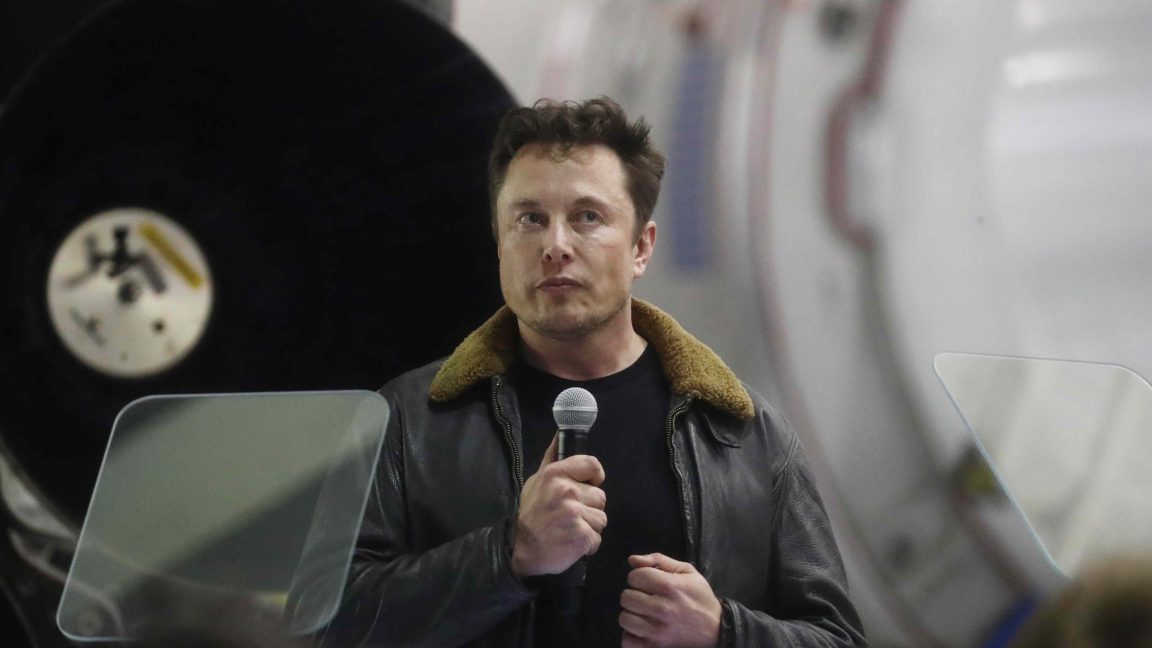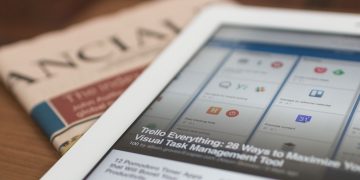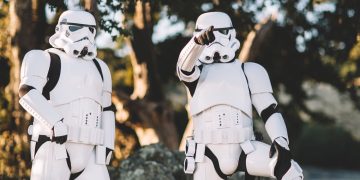
Ars: Ten years ago you kind of made big bets on Starship and Starlink, and most people probably expected one or both of them to fail.
Musk: Including me.
Ars: Yeah. These were huge bets.
Musk: I was interviewed in the early days of Starlink, and they were asking me what’s the goal of Starlink? I said goal number one: don’t go bankrupt, as every other [low-Earth orbit] communications constellation has gone bankrupt, and we don’t want to join them in the cemetery. So any outcome that does not result in death would be a good outcome.
Ars: Starlink has become really successful. It helped me during a hurricane. And Starship is coming along. As you look out for the next 10 years, what are you betting on big now that will really bear fruit for SpaceX a decade from now?
Musk: Well, by far the biggest thing is Starship. If the Starship program is successful—and we see a path to success, it’s just a question of when we will have created the first fully reusable orbital launch vehicle, which is the holy grail of rocketry, as you know. So no one has ever made a fully reusable orbital vehicle, and even the parts that have been reusable have been extremely arduous to reuse, such that the economics actually were worse than an expendable rocket in a lot of cases. The canonical example being the shuttle, where the shuttle’s fully loaded, cost of the whole program, I believe, was about a billion dollars a flight.
Ars: I saw one research paper that estimated the fully loaded cost was about $1.5 billion.
Musk. Yeah. And that is roughly equivalent to a Saturn V cost. But the Saturn V as an expendable rocket had four times the payload capacity of the shuttle. So the shuttle was like the principle of reusability was good one, but the execution, unfortunately, was not. The shuttle got burdened by so many crazy requirements. You know, I’ve got this five-step first principles process thing for making things better. And step one of my five-step process is make the requirements less dumb. And for the government, it’s the opposite. The government is making requirements more dumb.
Ars: So getting a rapid and reusable Starship is the main goal for SpaceX over the next 5 to 10 years?
Musk: Yeah, absolutely.
Ars: You’ve been in the space industry now for almost 25 years. And in that time, SpaceX has gone a long way toward solving launch. So if you were coming into the industry today as a 20-something, you know, with a couple $100 million. What would be the problem you would want to solve? What should new companies, philanthropists, and others be working on in space?
Musk: We’re building the equivalent of the Union Pacific Railroad and the train. So once you have the transportation system to Mars, then there’s a vast set of opportunities that open up to do anything on the surface of Mars, which includes, you know, doing everything from building a semiconductor fab to a pizza joint, basically building a civilization. So we want to solve the transport problem and that can enable philanthropists and entrepreneurs to do things on Mars, which is everything needed for civilization. Look at, say, California. There were very few people in California until the Union Pacific was completed, and then California became the most populous state in the nation. And look at Silicon Valley and Hollywood and everything. So that’s our goal. We want to get people there, and if we can get people there, then there’s a literal world of opportunity.
Source link
#Elon #Musk #percent #chance #Starships #engine #bay #issues #solved






























